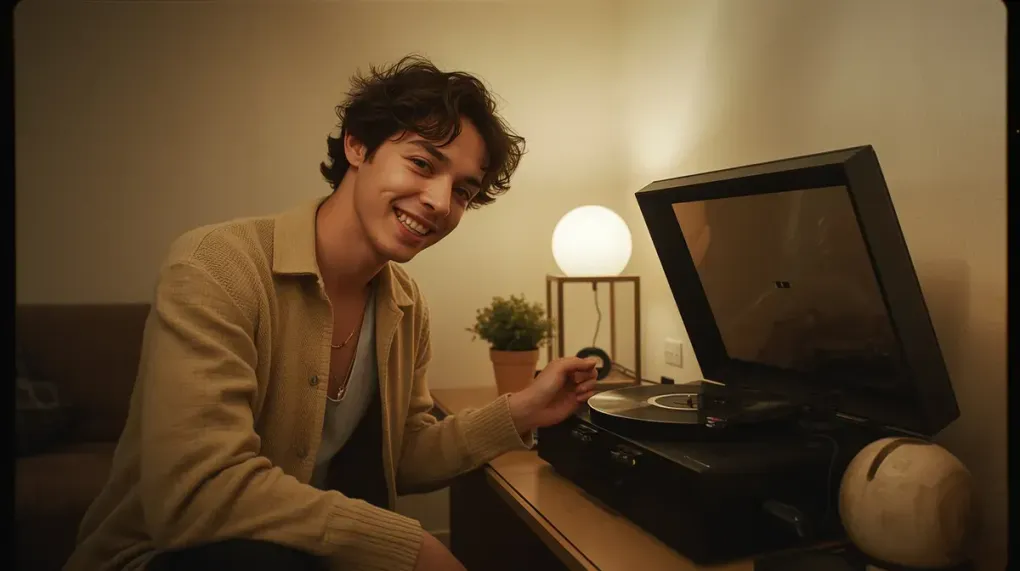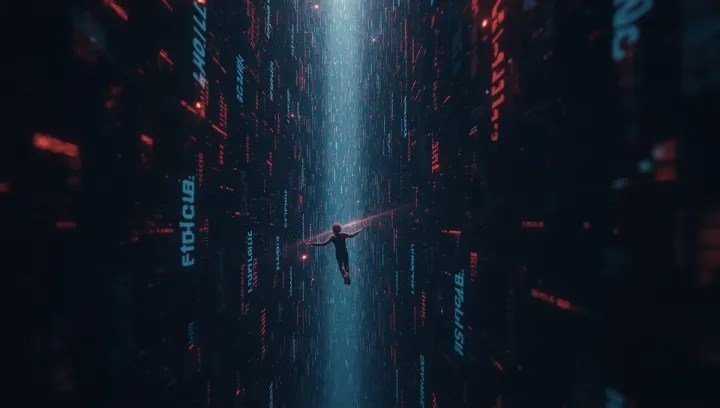
The Retro Tech Rebellion: Why Gen Z is Trading Screens for Tactile Experiences
I grew up in a world that was rapidly being eaten by screens. The first iPhone came out when I was a kid, and since then, it feels like every aspect of life has been consolidated into a single, glowing rectangle. Music, communication, entertainment, work—it all happens on the same device. And frankly, I’m tired of it.
It seems I’m not alone. A fascinating trend, identified by the Global Wellness Summit as a dominant force for 2025, is the embrace of retro and analog technologies, led primarily by Gen Z and young Millennials. This isn’t just a fleeting hipster fad; it’s a deep-seated reaction to a life lived through a screen.
The Hunger for the Physical
I recently came across an article on CNBC highlighting this movement, and it resonated deeply. It featured entrepreneurs like London Glorfield of Kickback, a retro tech brand, who noted that his generation is “inundated by tech.” His company, which sells record players, film cameras, and cassette players, has found success by offering products that let you genuinely unplug.
Think about it: when was the last time you went for a walk and just took photos? Without the temptation to check emails, scroll through social media, or answer a notification? That single-purpose experience is becoming a luxury.
Adam Fuerst, founder of Retrospekt, another retro tech site doing millions in annual sales, put it perfectly. He said that while high-tech devices have made life easy, they’ve also made it “perfect and sterile.” The more convenient things get, the more valuable the experience becomes, even if it’s inconvenient.
A Rebellion Against Digital Sterility
I believe this is a rebellion against the disembodied, throwaway nature of the digital world. We’re hard-wired for tactile experiences. There’s a unique, satisfying friction to placing a needle on a vinyl record, the whir of a cassette player, or the anticipation of waiting for a Polaroid picture to develop. These are physical, tangible interactions that a streaming service or a digital photo gallery can never replicate.
These objects have a weight, a presence, and a permanence that digital files lack. They force us to be more intentional. You can’t just skip a track on a record with a casual flick of the thumb; you have to engage with the album as a whole. You can’t take a hundred digital photos and pick the best one; you have a limited number of shots on a roll of film, making each one count.
More Than Just Nostalgia
It’s easy to dismiss this as simple nostalgia, but it’s more profound than that. For many in Gen Z, this isn’t nostalgia at all—they never experienced these technologies the first time around. This is a conscious choice to seek out experiences that feel more authentic and meaningful.
It’s a pushback against the algorithm, a rejection of the endless, passive scroll. It’s a declaration that we want to own our experiences, not just rent them from a cloud server. As Fuerst said, “These things just have more value in some ways the further away we get from them.”
I, for one, am here for it. It’s time to reclaim the joy of single-purpose devices and the beauty of imperfection. It’s time to kick back against the digital tide.


